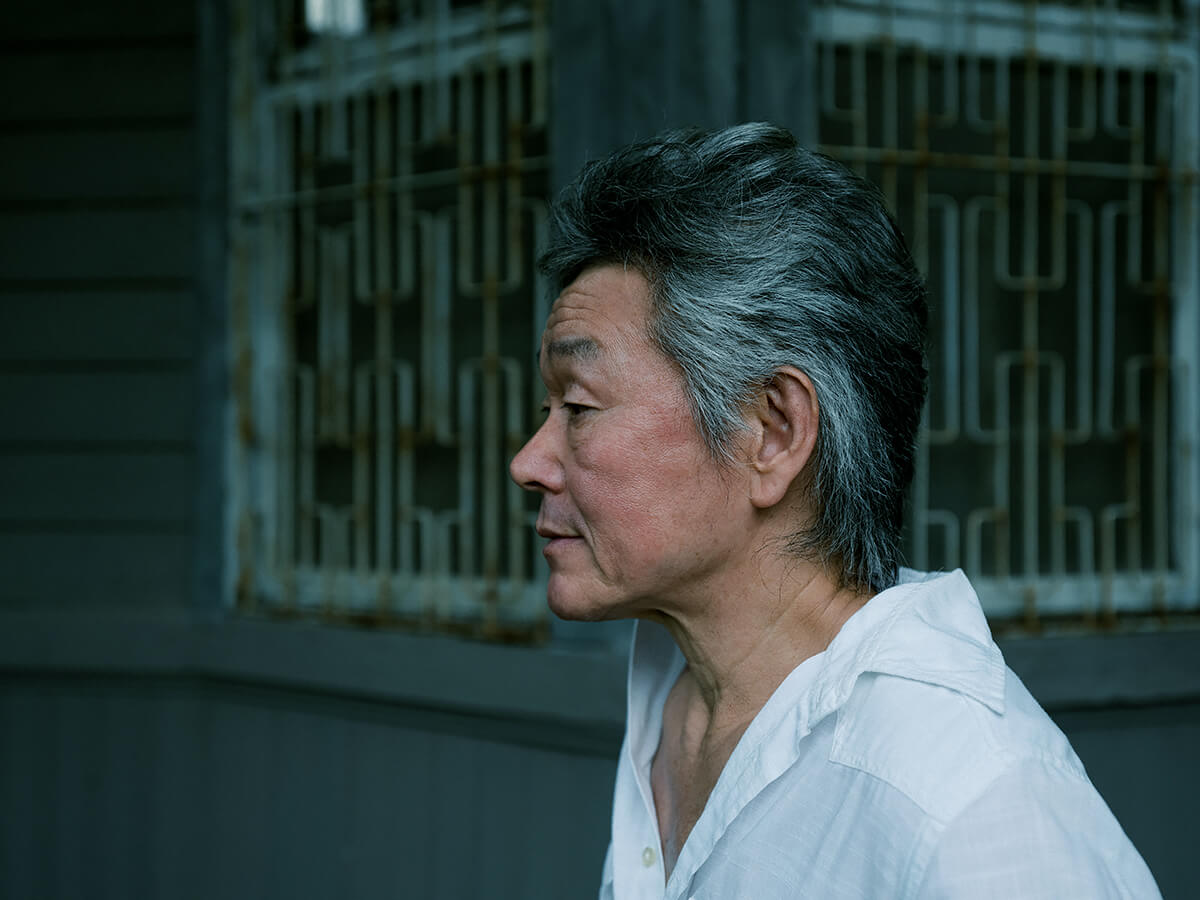Byung-hun Min was born in Seoul, South Korea, in 1955. Min started out as a musician and vocalist, then a student of electronic engineering, before finally discovering photography. He turned to study photography in his late 20’s at the Soon-tae Hong studio, from where he has pursued a successful career in photography. He has been awarded the Dong-A International Photography Salon’s silver medal (1984).
Min's work has been widely exhibited and collected by institutions including the
Los Angeles County Museum of Art;
Brookings Institution, Washington, DC;
Centre National des Arts Plastiques, Paris;
Seoul Art Center; and
National Museum of Contemporary Art, Gwachon, Korea. Min's work was included in the
Museum of Contemporary Photography exhibition Alienation and Assimilation: Contemporary Images and Installations from The Republic of Korea, presented April 4 through May 30, 1998.
Byung-hun Min takes inspiration from the Korean landscape and culture; his photographs embody a blend of beauty, intricacy, and metaphor. Min's photographs of grasses were taken on repeated visits to the same site where weeds have grown up against vinyl greenhouses and dried to their surfaces. In these austere works, Min captures patterns that masterfully rephrase a delicacy and sensitivity to nature inherited from traditional Korean art.
Source: Miyako Yoshinaga
Min’s black-and-white photography often represents nature and the environment; and his pictures aim to capture the essence of the Korean landscape. His photographs also draw references to traditional Korean and East Asian art and culture, with a resemblance to ink scroll paintings, floral themes, and a focus on simplicity and minimalist compositions. His pictures are often attributed to being able to capture the delicacy and silence of nature. Min’s photographs also require effort on the part of the viewer. The subject of his pictures may be obscured, like the canvas of a greenhouse in his Weeds series, or obscured by light, like in the Snowland series. The subject may be in the distance beyond a fog-like veil, forcing the viewer to focus his attention persistently in order to have the subject of the picture revealed, as in the Trees and Flowers series. Min's poised and gentle approach to photography has granted him with a distinct, naturalistic style.
Source: Peter Fetterman Gallery
